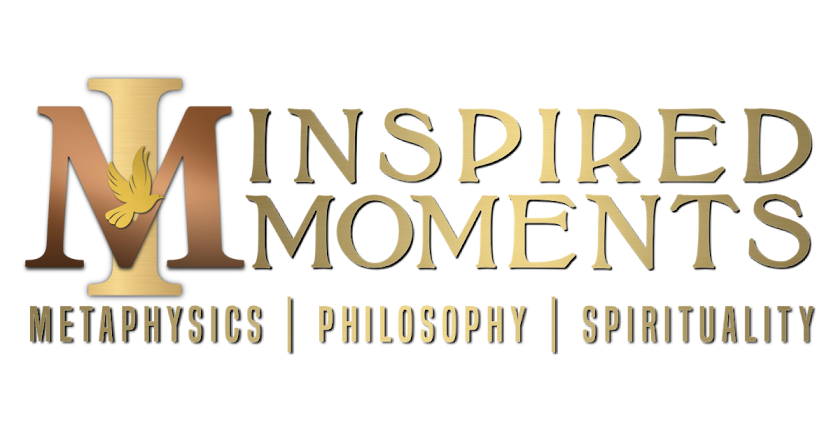What Does This Satan Character Look Like Anyway?
The characterization and personification of Satan is portrayed to humanity in ever changing and numerous graphic images. The diversity of the images is notable, the varied forms “Satan” has taken on through history as is depicted by the images which have been catalogued is not coincidental.
Either these extremely varied pictures are all true to some extent and represent the “Satan” creature’s ability to morph like some kind of “shape shifter,” or there is no truth to his being a real entity.
All the images of Satan are just many different depictions of many different imaginations that are based on imagery borrowed from ancient mythological creatures ... such as Pan. Pan being the nature demon that scared everyone. Words such as PANic and PANdemonium immediately come to mind.
These different graphic depictions can only be mental fabrications and constructs with no real model to base them on. So too is “Satan” himself ... a mental fabrication.
The medieval period has been the most profound period of artistic depictions of what it is believed “Satan” looked like. The graphic images played a huge part in the conciousness of unsuspecting and unquestioning citizens throughout that period and assisted in setting up a belief that “satan” was a concrete being with a concrete form.
In the book "The Devil," by Amelia Wilson, we are given an illuminating tour of the history of the Devil and the images that were developed to express what he looked like. As for the horned version of the “wicked one,” Wilson tells us that the horned God may well be the oldest deity reconized by humankind.
Just like the fabrications of creative pagans and superstitious Christians of the past, the demons of the present day and of the New Testament period were nothing and in fact did not exist at all. In fact, the very word "demon" in the original Greek simply meant "spirit."
Although every culture put images to their concepts of their evil god, the Truth of the matter is that the pagan nations each had their own Gods to worship, but that doesn’t make them real. These are non-existent, fabrications of men’s minds and were often made into statues and idols by the very hands of men. It is these “Gods” who were known as diamons/demons by the Ancient Greeks.
Although not specifically good or bad, they were believed to be “spirit energies” but eventually the Christians of the day rejected the concept of “good spirit energies” and concluded they were evil demons.
By the time the Christian movement had swept across the Western world, our language would reflect that reversed perception, the Greek term daimones, “spirit energies,” would become in English, demons ... and considered to be evil. These demons had become Satan's little helpers.
Just a thought ...
~Justin Taylor, ORDM., OCP., DM.

